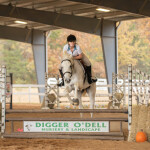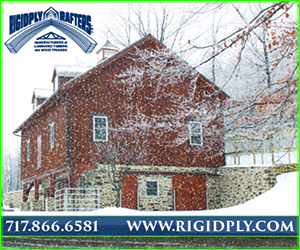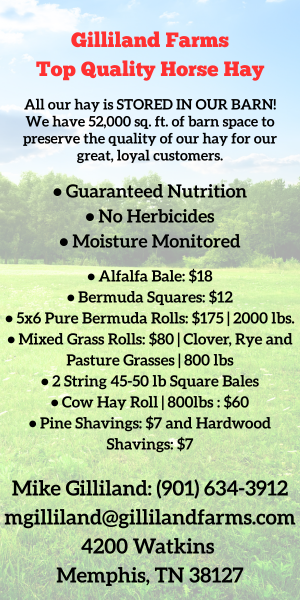Stunning, rolling green hills with lush horse pasture, mature trees and picturesque fencing is every horse owner’s dream. Well-maintained fences not only add aesthetic looks but adds value to your equine property. However, one of the most crucial benefits is keeping your horses safely contained. The fence line not only keeps your horses contained, but also keeps unnecessary people and animals out.
Fencing Concerns
Brainstorming and researching what you want for your property and fence line will save your time and money. There are concerns owners need to be aware of when selecting fencing materials. The most important aspects when selecting materials include:
- Number of horses being managed and acreage
- Intended use of the area
- Environmental hazards
- Neighbors
- Safety
- Cost
- Maintenance
- Appearance
- Durability
Owners should not just think short term but long-term property goals with fencing. Are you looking to expand your existing property, upgrade the land and/or facilities now or in the future, lease or resell the property, does the landscape have multiple hazards (lots of mature trees, water hazards,) that could endanger your fence line. Make sure you have your property line mapped out before you establish any fence line to avoid costly mistakes with neighbors. Remove any trees or brush (obtain any permits if necessary) as well.
General Fence Requirement
The minimum height for fence should be at least five feet but with taller horses and stallions, the fence height should be at least 6 feet tall. The bottom fence post should be at least 6-8 inches off the ground since horses are more likely to graze along the fence line. The fence material should be visible, strong but forgiving, and fence material on the inside of posts. Space posts about 10-12 feet apart unless you are using high-tensile wire, then space posts about 25 feet apart. The space between paddocks should be about 8 feet minimum to discourage horses from fighting but also large enough to fit humans and horses. Consider the width of alleyways and lanes so large farm equipment, multiple humans and horses can move through and lead up to the main campus of your farm. Standard widths should be a minimum 25 feet wide.
Fence Gate Requirements
Gates should be placed in corners closest to the direction of travel and at the same height as your fence. The gate should be large enough to get equipment (16 feet min) and several horses through at once. Horse and human gates, if installed, should be at least 4 feet in wide. If gates open into lanes, the gate should be the same length as the width of the lane and should be able to swing both ways. Avoid gaps between gates and supporting posts to prevent horses from getting caught in the gap. Make sure to purchase gates that are sturdy since horses tend to congregate around gate areas and have multiple points of entries/exits if needed. Also, avoid placing gates in low areas where water might pool.
Types of Fencing Materials
Remember, there is no “perfect” fence material as they all have their pros and cons that all owners must weigh. No matter what, DO NOT select a barbed wire fence to house horses as it is the most hazardous.
Wood Fence
Advantages: appearance, easily visible, gives a little
Disadvantages: Expensive to install, requires the most maintenance, cribbing element
PVC or Vinyl Fence (Post and rail)
Advantages: durable, visibility, no painting or staining, will not rot, warp or splinter
Disadvantages: can shatter during cold weather when hit, not forgiving, expensive, labor intensive.
**Usually can include an electrified wire to keep horses from running the fence.**
Smooth High Tensile Wire (including “no climb” and V mesh)
Advantages: Inexpensive, safer in larger pastures and easy to install, generally lower maintenance cost than wood.
Disadvantages: not visible, can flex, can be considered “temporary”, high chance for laceration injuries in some types of wire, MUST keep electrified.
Metal Pipe
Advantages: durable, visible, low maintenance cost
Disadvantages: not forgiving, expensive to install and upkeep
Electric
Advantages: not as expensive, use more than 1.5” wide tape for best visibility.
Disadvantages: should not be used alone for fencing (especially perimeter), lacks strength, always check if electricity is on.
**Use tea post toppers to soften the edges.**
For any further questions about fence management contact your county’s Extension office. UT-TSU Shelby County Extension can be reached at 901-752-1207 during normal business hours Monday through Friday 8am-4:30pm CST.













